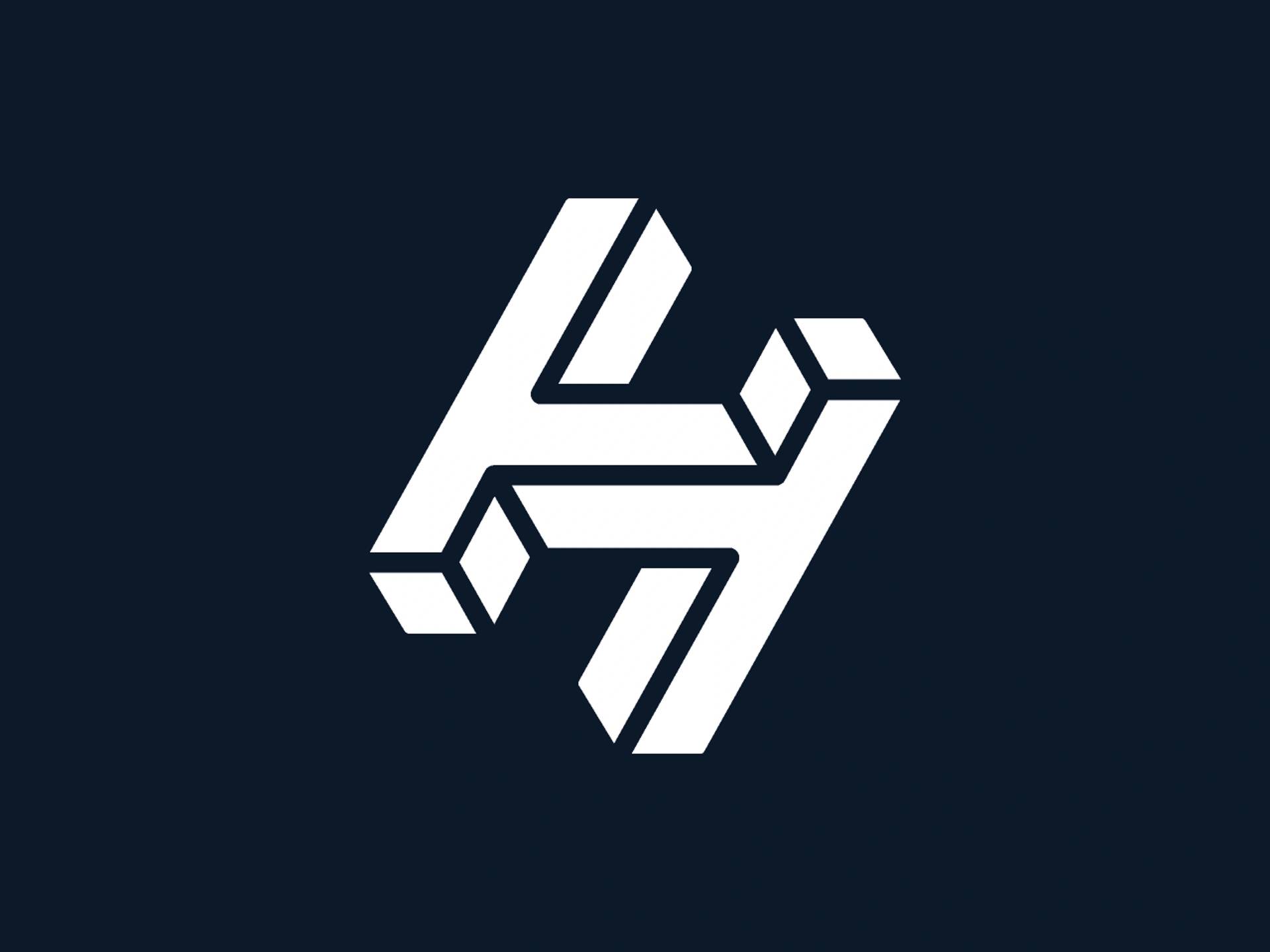위키 구독하기
Share wiki
Bookmark
Handshake
Handshake
핸드셰이크는 웹사이트, 이메일 주소 또는 암호화폐 주소에 사용할 수 있는 .com 또는 .org와 같은 최상위 도메인(TLD)에 대한 소유권을 할당하기 위한 분산형 네이밍 프로토콜입니다.[1]
핸드셰이크 공동 설립자 Andrew와 Joseph의 인증 및 네이밍의 미래에 대한 논의 2020년 8월 24일 기준으로 HNS는 CoinMarketCap에서 시가총액 54,303,246 USD, 최대 공급량 2,040,000,000 HNS로 158위를 기록했습니다.[2]
역사
핸드셰이크는 비트코인 라이트닝 네트워크 및 플라즈마 결제 채널의 공동 제작자인 Joseph Poon, 비트코인 결제 게이트웨이 Purse의 CEO인 Andrew Lee, Purse의 CTO이자 비트코인 노드 소프트웨어 Bcoin의 제작자인 Christopher Jeffery, Bcoin 개발자인 Boyma Fahnbulleh, 그리고 VPN 제공업체 Private Internet Access의 설립자인 Andrew Lee가 캘리포니아주 샌프란시스코에서 비밀 프로젝트로 시작했습니다.[3]
처음부터 최상위 도메인(TLD)을 할당하고 관리하기 위한 기존 시스템에 대한 분산형 대안을 구축하는 것을 목표로 했습니다.[2]
핸드셰이크 소프트웨어는 Christopher Jeffery가 처음 개발한 비트코인 클라이언트 Bcoin에서 파생되었습니다.[3]
핸드셰이크 작동 방식
핸드셰이크 입찰 핸드셰이크 사용자는 핸드셰이크의 빅트리 옥션을 통해 HNS 토큰 형태로 입찰을 제출하는 경매 시스템을 통해 최상위 도메인(TLD)에 대한 권리를 구매할 수 있습니다.[1]
낙찰자는 분산형 인증 기관(CA) 역할을 하는 핸드셰이크의 작업 증명(PoW) 블록체인에 쌍을 입력하여 암호화 키 아래에 TLD를 등록할 수 있습니다.[1]
이 과정에서 낙찰자의 토큰은 소각됩니다(즉, 유통에서 영구적으로 제거됨). 낙찰에 실패한 참가자는 경매가 끝난 후 토큰을 회수할 수 있습니다.[2]
현재의 도메인 이름 시스템(DNS) 스택은 웹사이트 소유권의 진위를 확인하고 악의적인 행위자가 검색 요청을 가로채는 것을 방지하기 위해 노력하는 인증 기관(CA) 그룹에 의존합니다.[1]
핸드셰이크는 공개 작업 증명(PoW) 블록체인을 진실의 원천으로 사용하여 이러한 신뢰할 수 있는 제3자에 대한 의존성을 제거하기 위해 노력하고 있습니다.[2]
따라서 CA에 도메인 이름을 등록하고 루트 영역 파일에 저장하는 대신 사용자는 핸드셰이크의 네이티브 토큰인 HNS를 사용하여 TLD를 구매하고 분산형 핸드셰이크 네트워크의 공개 키 아래에 등록할 수 있습니다.[3]
토큰 판매
a16z, Founders Fund, Polychain Capital, Draper Associates를 포함한 다양한 금융 투자자의 참여로 2018년 8월 핸드셰이크는 1,020만 달러를 모금했습니다. 모든 투자자는 초기 13억 6천만 개 HNS 토큰 공급량의 7.5%를 구매하여 핸드셰이크 네트워크의 가치를 1억 3,600만 달러로 평가했습니다.
나머지 HNS 공급량은 초기 기여자(출시 전 개발 비용 지불), 인증 기관(CA) 또는 명명 법인, 그리고 소유권 증명이 있는 도메인 이름 소유자에게 각각 7.5%씩 예약되었습니다. 5%의 토큰은 다양한 비영리 단체와 FOSS 프로젝트에 제공되었으며, 이들은 핸드셰이크의 1,020만 달러 모금액 전액을 기부금으로 받았습니다.[2]
이 프로젝트는 또한 초기 공급량의 대부분(65%)을 비영리 단체 및 대학을 포함한 자유 및 오픈 소스 소프트웨어(FOSS) 개발자 및 프로젝트에 제공하기로 약속했습니다.[1]
유효한 GitHub 계정을 가진 개발자는 사용자가 무료 토큰을 생성할 수 있는 소프트웨어 도구인 HNS 수도꼭지를 통해 이러한 코인을 청구할 수 있었습니다.[1]
핸드셰이크는 또한 기존 권리 소유자(이름 및 TLD 소유자)가 "상표 이름"과 HNS 할당을 청구할 수 있도록 메인넷 출시 전 90일 기간( "선라이즈 기간"이라고 함)을 제공했습니다. 모든 청구되지 않은 토큰은 결국 소각되었습니다.[2]
| 시작 날짜 | 2018년 8월 2일 |
|---|---|
| 종료 날짜 | 2018년 8월 2일 |
| 할당된 토큰 | 102,000,000 HNS |
| 가격 | HNS당 0.100달러 |
| 총 모금액 | 10,200,000달러 |
합의 세부 정보
핸드셰이크는 HNS 트랜잭션의 순서를 정할 때와 사용자가 도메인 이름을 등록할 때 글로벌 합의에 도달하기 위해 작업 증명(PoW) 합의를 사용합니다. 각 노드는 동일한 소프트웨어 규칙을 실행하므로 모든 참가자는 이름 소유권에 대한 합의에 도달할 수 있습니다.[1]
합의 규칙은 비트코인과 동일하며, 유효한 체인은 가장 많은 작업(즉, 해시 전력)이 축적된 가장 긴 체인입니다. 비트코인과 마찬가지로 네트워크 합의는 확률적이며, 포크라고 알려진 새로운 경쟁 체인이 더 많은 작업이 축적되어 나타나 현재 체인을 무효화할 수 있습니다.[3]
핸드셰이크는 알려진 보안 매개변수와 컴팩트한 라이트 클라이언트 증명을 지원하는 기능 때문에 대안적인 합의 메커니즘이 아닌 PoW를 선택했습니다. 블록체인은 전체 노드 대신 단순 지불 확인(SPV) 노드(즉, 라이트 클라이언트)를 통해 사용자가 합의에 참여하고 이름을 해결할 수 있도록 하는 후자 기능을 활용합니다.[2]
채굴
핸드셰이크(HNS) GPU 채굴 방법 및 검토 핸드셰이크 채굴자는 BLAKE2b + SHA3 해시 알고리즘을 사용하여 새로운 블록을 생성할 수 있으며, 핸드셰이크의 해시는 빅 엔디안입니다. 핸드셰이크는 SegWit 전용이므로 출력 스크립트가 없고 주소만 있습니다(주소 자체는 위트니스 프로그램 버전 + 위트니스 프로그램 해시임).[3]
위트니스 프로그램은 공개 키 또는 스크립트 해시를 인코딩할 수 있지만 해당 키와 스크립트는 트랜잭션 입력에 위트니스 스택 항목으로 나타납니다.[2]
채굴 과정에서 채굴자는 모두 핸드셰이크의 난이도 수준에 의해 설정된 대상보다 작은 블록 헤더를 생성하기 위해 경쟁합니다. 핸드셰이크는 블록 시간을 약 10분으로 유지하기 위해 매 블록마다 난이도 수준(유효한 블록 헤더를 발견하기 어려운 정도)을 변경합니다.[1]
네트워크는 Zcash의 난이도 재조정 알고리즘을 차용하여 DigiShield의 변형을 사용합니다. 핸드셰이크는 네트워크 해시 속도의 급격한 변화에 직면했을 때 성능이 우수하기 때문에 DigiShield의 재구현을 선택했습니다.[1]
다음 채굴 반감기는 2023년 5월입니다. HNS는 핸드셰이크의 작업 증명(PoW) 블록체인에서 채굴자에 대한 보상 역할을 하며 네트워크 보안에도 기여합니다.[2]
핸드셰이크의 HNS 채굴 방법
1단계: 핸드셰이크 주소 생성(풀 지불 주소로 설정)
선호하는 보안 수준에 따라 핸드셰이크 주소를 생성하는 세 가지 옵션이 있습니다.
a) 핸드셰이크 전체 노드(HSD)로 주소 생성
b) Bob Wallet을 사용하여 주소 생성
c) Namebase에서 계정을 생성하여 주소 생성
2단계: 핸드셰이크 채굴 풀 선택 및 등록
현재 핸드셰이크 채굴을 지원하는 채굴 풀은 네 개가 있습니다. 수수료, 익명성 등의 기준에 따라 선택할 수 있습니다. 수수료가 더 낮은 풀(6Block 및 HNSPool)을 사용하는 것이 좋습니다.[2]
a) F2pool
b) HNSPool
c) 6Block
d) PoolFlare
3단계: OS에 맞는 채굴 소프트웨어 선택, 다운로드 및 설치
현재 HandyMiner, GMiner, SRBMiner, 6miner, NB Miner와 같은 다양한 GPU 전용 채굴 클라이언트를 사용할 수 있습니다.
HandyMiner는 Windows, Mac 및 Linux에서 사용 가능합니다(GUI도 사용 가능)
6miner는 Linux 및 Windows에서 사용 가능합니다
NBMiner는 Linux 및 Windows에서 사용 가능합니다 - NBMiner README
4단계: 핸드셰이크 풀 정보를 사용하여 핸드셰이크 채굴기 구성
채굴 소프트웨어를 설정한 후에는 채굴기가 선택한 핸드셰이크 풀과 통신하고 수행한 작업에 대한 크레딧을 받도록 채굴기를 구성해야 합니다. 구성을 조정하여 풀을 간단하게 바꿀 수 있습니다.
각 채굴기에는 구성 파일이 있으며, 이 파일을 편집하여 채굴 중인 핸드셰이크 풀을 업데이트할 수 있습니다. 초기 구성 중에 풀 정보를 입력하거나 편집기를 사용하여 구성 파일을 열어 수행할 수 있습니다.[3]
5단계: 핸드셰이크 채굴 시작
NBMiner의 경우 start_hns.sh(Linux 또는 Mac) 또는 start_hns.bat(Windows)를 실행합니다.
6Miner의 경우 mine_hns.sh(Linux 및 Mac) 또는 mine_hns.bat(Windows)를 실행합니다.
HandyMiner의 경우 dashboard.sh(Linux), dashboard.mac.command(Mac) 또는 dashboard.windows.bat(Windows)를 엽니다.[3]
잘못된 내용이 있나요?
